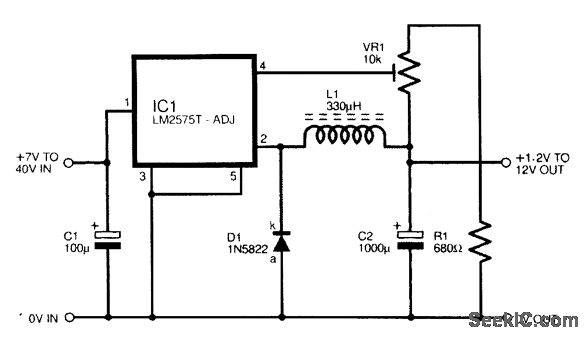777funk
Newbie level 6
I have tried to get 4V at 1A from a 12-14V source and the regulator is getting pretty hot (LM317). It seems like the data sheet said it could supply 1.5A. But I guess that's also up to an 10V*1A=10W power dissipation in the regulator.
Is there a better way to do what I'm trying to do here?
I also tried a MOSFET and PWM. That worked too but the MOSFET got at least as hot as the regulator and I'm sure it wouldn't have lasted long had I left it in circuit.
Curious what I should do.
thanks!
Is there a better way to do what I'm trying to do here?
I also tried a MOSFET and PWM. That worked too but the MOSFET got at least as hot as the regulator and I'm sure it wouldn't have lasted long had I left it in circuit.
Curious what I should do.
thanks!
